Healing Colombia’s war
“The armed conflict took so much from us”, one young farmer and communications activist tells us, motioning at photographs of devastated avocado plantations on a sweltering July morning on Colombia’s Caribbean north coast.
Our group of international researchers is in El Carmen de Bolívar, the largest town in the Montes de María region, to meet with local media groups that are working to integrate environmental restoration into the peace process of this war-torn nation.
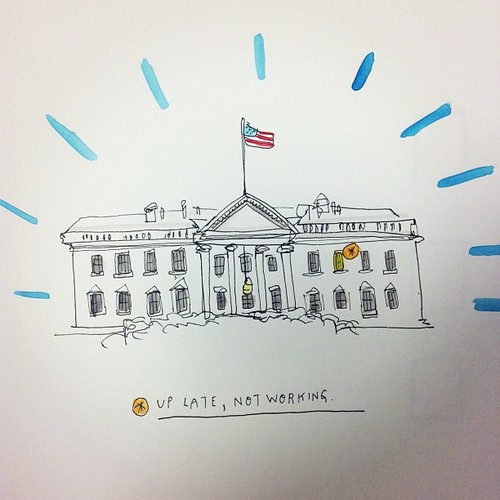
This area, long a Colombian hotbed for organised activism for the rights of small farmers, or campesinos, has also seen horrific violence. Since the 1970s, Montes de María has been host to numerous guerrilla groups and, later, paramilitary organisations.
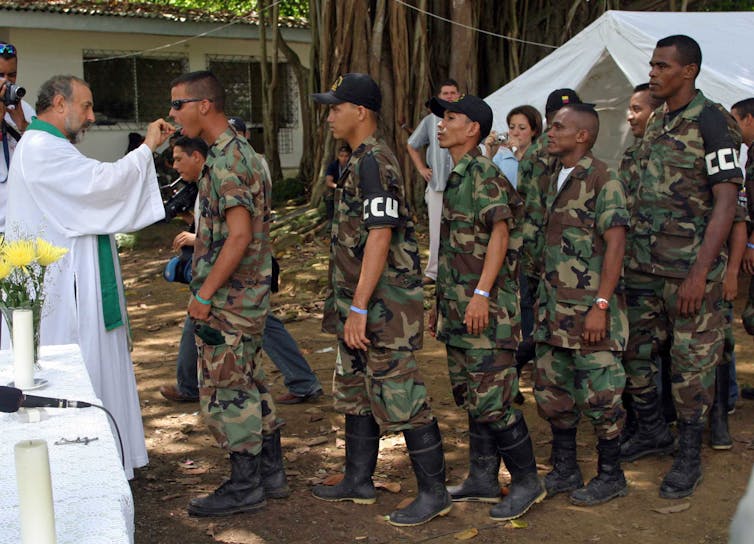
Bombings, crossfire and bloody massacres forced thousands to flee. According to the NGO Oxfam, armed violence uprooted 269,000 Colombians annually from 2002 to 2010. At present, one in ten remains displaced.
Humans weren’t the only victims of Colombia’s five-decade armed conflict. In Caribbean Colombia, one of the most biodiverse regions in the world, nature was also deeply affected.
Nature in danger
We could rattle off grim statistics like the fact that 46% of Colombia’s ecosystems are now at risk of collapse and that 92% of the tropical dry forests that are typical of the Montes de María region have already disappeared.
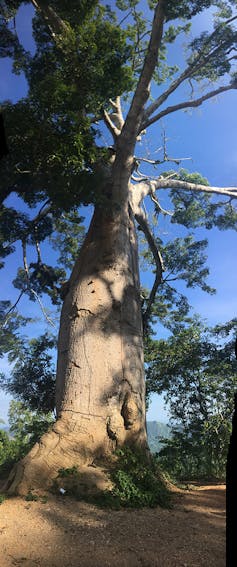
But survivors’ tales speak of deeper truths about how war fractures relationships between humans and their habitats. Farmers tell us about a hundred-year-old ceibatree in the village of La Cansona that still displays the scars of gunfire.
Soraya Bayuelo, the respected director of Línea 21 Communication Collective, recalls a large tamarind tree in Las Brisas to which a dozen men were tied and then decapitated in March 2000. The tree dried up after that, other activists add, and it only started blooming again after a government ceasefire with guerrillas went into effect.
The young farmers turned activists also remember stories of how avocados – long the economic engine of the region – came down from the mountains speckled in blood.
Conflict hurt agricultural production, too. An analysis by the Centre for Regional Economic Studies of the Banco de la República, Colombia’s central bank, found that avocado production in war-torn 1992 was fully 88.6% lower than in 2012, when the conflict had begun to cool.
More recently, a fungus has taken its toll. Over the past five years, as farmers began returning home from wherever they’d scattered, they found that a Phytophthora pathogen had begun devastating the area’s avocado plantations.
Can a country heal if its land remains scarred? The farmers and activists we met in Montes de María say no, arguing that without environmental restoration there can be no social reparation.
The new environmental activism
Things are, however, slowly improving for Montes de María.
The mochuelobird and the Cotton-top Tamarin monkey, both of which had retreated or disappeared from the area, are also coming back, if slowly, much like the people displaced from their land.
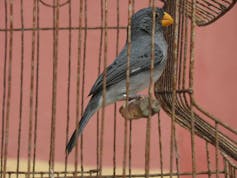
During our visit, El Carmen de Bolívar, birthplace of one of Colombia’s most celebrated musicians and composers, Lucho Bermudez, was preparing for a traditional music festival. Across town we heard strains of folk melodies – cumbia, porro, vallenatoand fandango viejo– and saw people dancing in public squares.
That’s a sign of change. It’s been almost a year since Colombia first signed a peace agreement, and people are no longer afraid to be out and about.
Still, tensions have not totally disappeared. In the post-war period, environmental conflicts are emerging as the latest threat to the country’s fragile peace.
The young farmers’ collectives we met here, who are part of the community group Jóvenes Provocadores de Paz (Young Peacemakers), are testament to Colombia’s long tradition of citizen media initiatives.
During the late stages of the conflict, such groups worked to restitch the country’s social fabric, developing a community-media network to keep people informed and reclaiming public spaces from guerrilla and paramilitary forces.
Today, organisations like Sembrando Paz (literally “sowing peace”), whose members are all conflict survivors, have turned their attention to the environment.
This group of farmers in their late teens and twenties has been photographically documenting various ecological restoration initiatives underway here, visually demonstrating why the Colombian peace process can only succeed if rural livelihoods are transformed and secured.
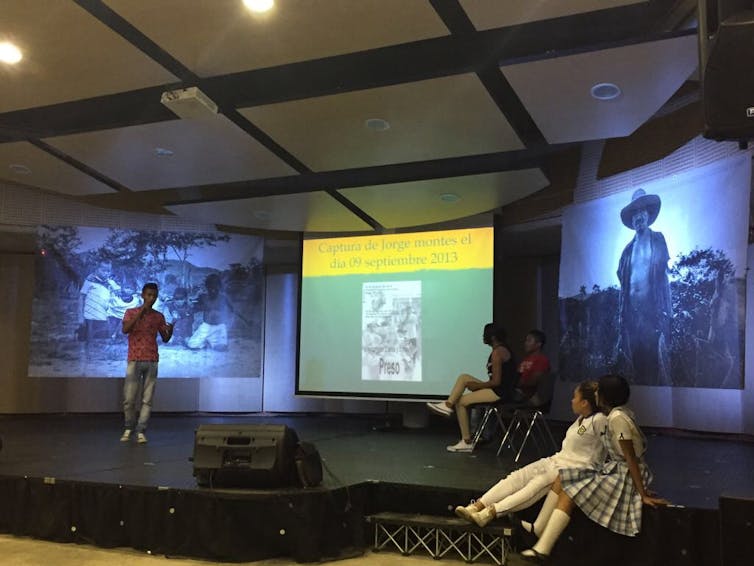
Land of conflict
Their focus reflects increasing local concern that campesinospreviously exiled by violence will soon find themselves displaced by new threats: climate change-induced drought, palm oil monoculture and development.
From the Caribbean coast to the Amazon forests, massive infrastructure projects are afoot in Colombia, bringing gold and coal mining, dams and highways to areas once too violent and remote for government investment.
Critics insist that natural resource extraction can’t pay for peace, warning that it will usher in flooding, land grabs and exploitation of protected natural areas.
Proposed hydroelectric ventures have been met by massive protests, and the farmers we spoke with promised to continue mobilising to protect their homesteads.
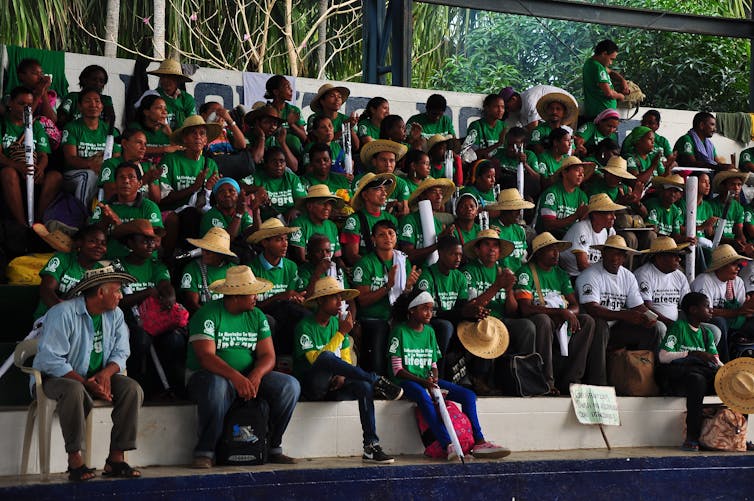
The 2016 peace agreement supports the protestors’ position that Colombia must rebuild both its social fabric and its environmental health, in theory at least. The accords explicitly state that a sustainable peace requires healthy ecosystems and the sustainable management of natural resources.
Under president Juan Manuel Santos, the government has earmarked significant funding for international partnerships in Montes de María and for environmental projects, particularly in the Amazon region.
But one study recently confirmed what people here already knew: these top-down projects have largely failed to integrate communities and respond to local needs, limiting their sustainability and potential for knowledge-sharing.
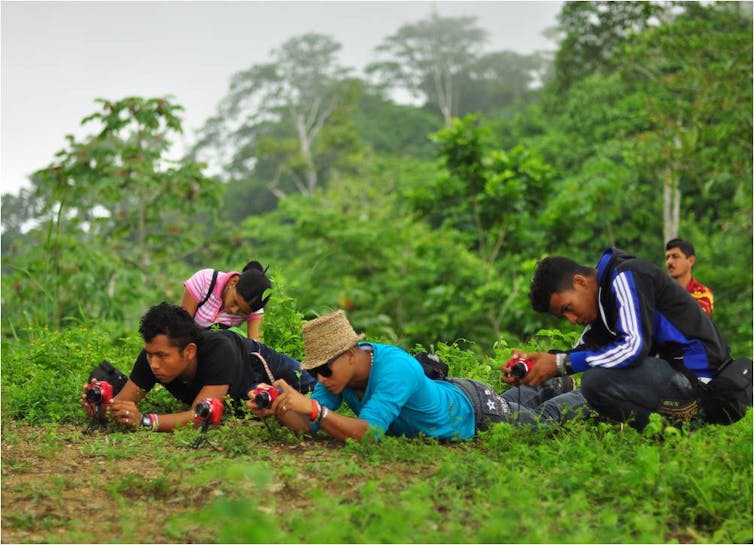
In some ways, new environmental challenges seem as intractable as armed conflict, but community groups in Montes de María are doubling down on conservation, hoping to show Colombia a path forward.
本文地址:http://panshare.cn/jilupian/list_6_2.html
版权声明
本文仅代表作者观点,不代表本站立场。
本文系作者授权发表,未经许可,不得转载。